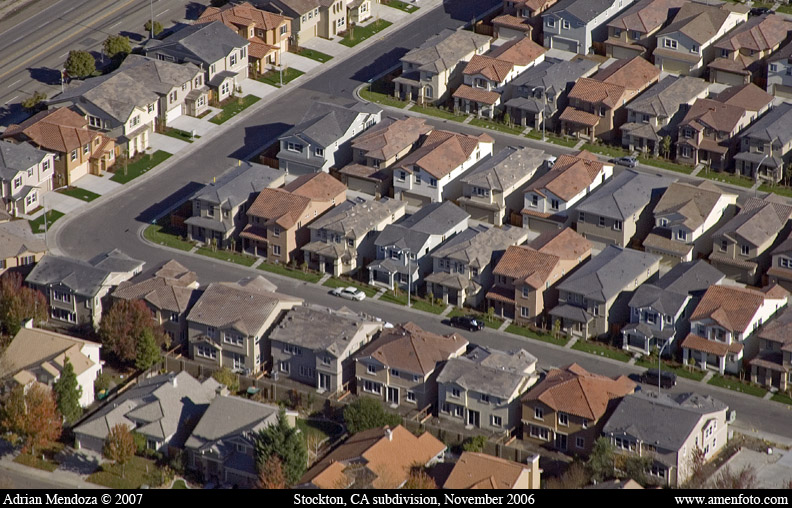This contrast can be best seen in comparison to the Boston urban area, widely perceived as one of the nation?s most dense urban areas. Nothing could be further from the truth. Central Boston, including such municipalities as Boston, Cambridge, and Somerville clearly fit this description and rank among the highest density areas in the United States outside the four highly urbanized boroughs of New York City. The densest part of the Boston urban area (in land area) has a population density of 28,000 --- more than double that of Phoenix (nearly 14,000) and even more in comparison to Portland (12,000).
But there is much more to an urban area than the urban core. The big difference is in the suburbs. Most Boston suburbs developed as low-density communities. Land restrictions, often imposed at the town and village level, are far tighter than in similarly sprawled part of the greater Boston area. Indeed, beyond the dense core and the inner suburbs, the sprawl is so extensive that the Boston urban area covers more land area than the Los Angeles urban area, which has nearly three times as much population. The outer suburbs of Boston also are slightly less compact than the outer suburbs of Atlanta --- the world?s lowest density large urban area.
Overall, the Phoenix urban area has a density that is more than 50 percent higher than that of Boston?s. A comparison of the population density profiles of the Phoenix, Portland and Boston urban areas illustrates these differences, with higher densities in Phoenix and Portland than in earlier developing, but much more suburban Boston.





